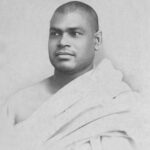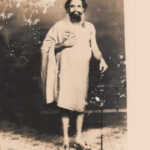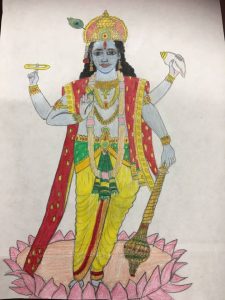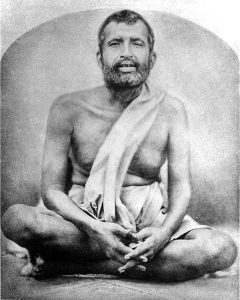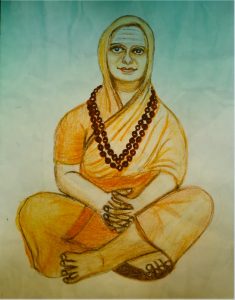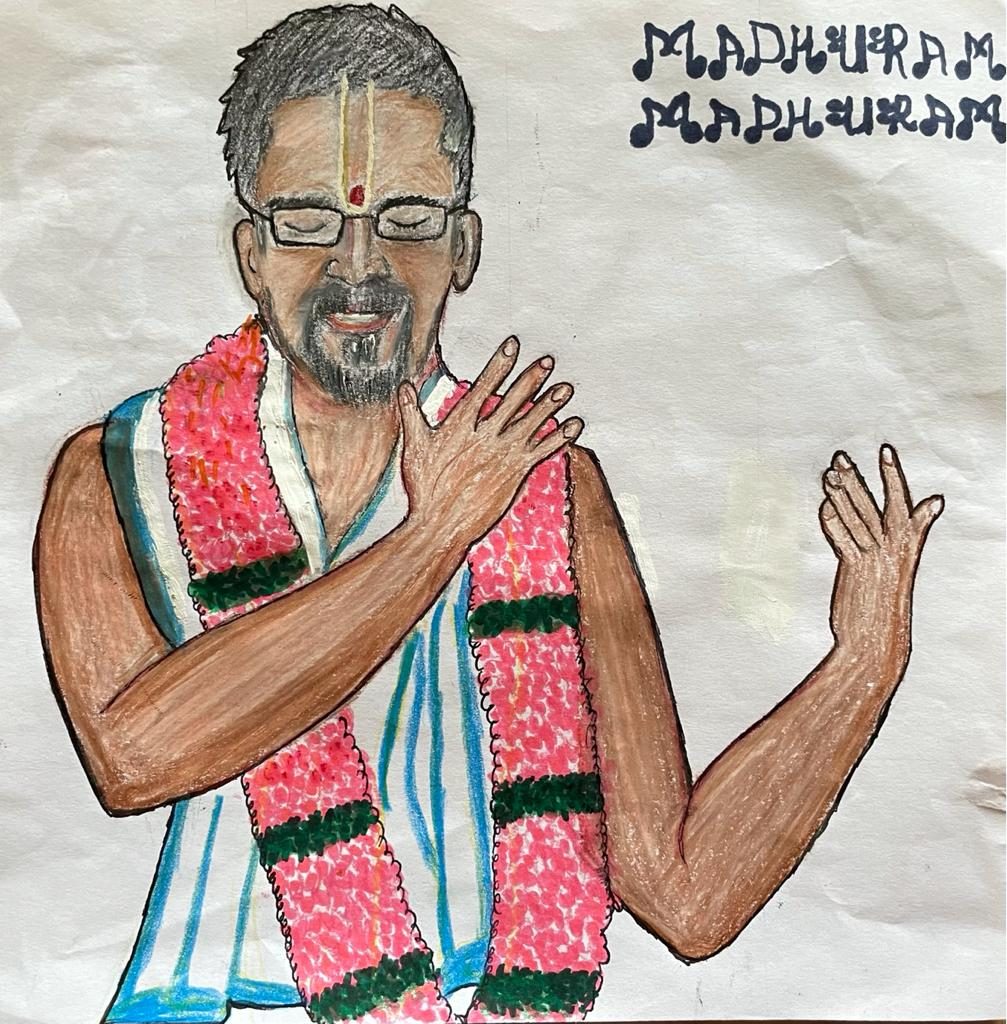Sri Ramakrishna Paramahamsa was a great avatara purusha, who came at a time when India was passing through a phase of decadence. Sri Ramakrishna demonstrated beyond doubt to the world, the reality of God and the validity of the time-honored teachings of our
Vedas. He restored the falling edifice of religion on a secure foundation through his primary disciple and messenger Swami Vivekananda. In truth, they were like one soul in two bodies. The Master and the disciple were hardly two distinct individuals. January 12 marks the jayanti of Swami Vivekananda, and this is also celebrated as National Youth Day.
Young Narendranath (later known as Swami Vivekananda) born on Jan 12, 1863, was a bright student and had a remarkable memory. From his childhood Naren was spiritually inclined. He showed much interest in the Vedas, Upanishads, Ramayana and the Gita. Naren had tremendous aspiration and inquisitiveness. As a young man, he would ask learned spiritual men whether they had seen God. Unfortunately, he could not find anybody who could answer yes. When Naren first came to visit Sri Ramakrishna, he was not impressed with this simple illiterate temple priest. His mind doubted this perplexing figure. He left dissatisfied, but at the same time he found himself strangely compelled to return to visit Sri Ramakrishna again.
Gradually Sri Ramakrishna transformed this impatient young man into one who renounced everything for the sake of realizing the Truth. To the question about the existence of God, Sri Ramakrishna replied—without any pride, false modesty or uncertainty—that yes, he had seen God; furthermore, he said he saw God more clearly than he saw his disciples. Vivekananda was impressed, not just with the answer, but with the unmistakable spiritual authority in his voice. Naren nurtured deep affection for Sri Ramakrishna and whole heartedly accepted Him as his Guru.
Ramakrishna insisted that one can reach the highest state of bliss only from the deep-rooted attachment to the Name and Form of God. The Name and God are one and the same. And the Divine Name would lead to the living presence of the Divine Truth.
Of all the Vedic and Upanishad mantras, Sri Ramakrishna chose to initiate Swami Vivekananda into the most powerful Divine Name of ‘Rama’. It is the power of that Divine Name that transformed Narendranath into Swami Vivekananda and made him spread the greatness of our universal religion of brotherhood—Hinduism—all over the world.
In the course of a short life of thirty-nine years (1863-1902) Swami Vivekananda strove to promote peace and human brotherhood on the spiritual foundation of Oneness. While representing India and Hinduism in the Parliament of Religions in Chicago, he quoted the words of the Gita that say that all paths lead to the same goal just as the different streams from different sources mingle with the sea.
He traveled widely and gave inspiring lectures within and outside India. His ideas greatly influenced the youth of India. It is said that once when he was meditating on “Bharata Matha” while sitting on a rock at the southern tip of India, he saw a cheerful Mother India wearing an ochre robe with all her shackles removed. The message for us from this is that Rama rajya is not very far and the more we chant the Divine Names, the nearer it comes.
Nithya Rajesh, Boston, MA

